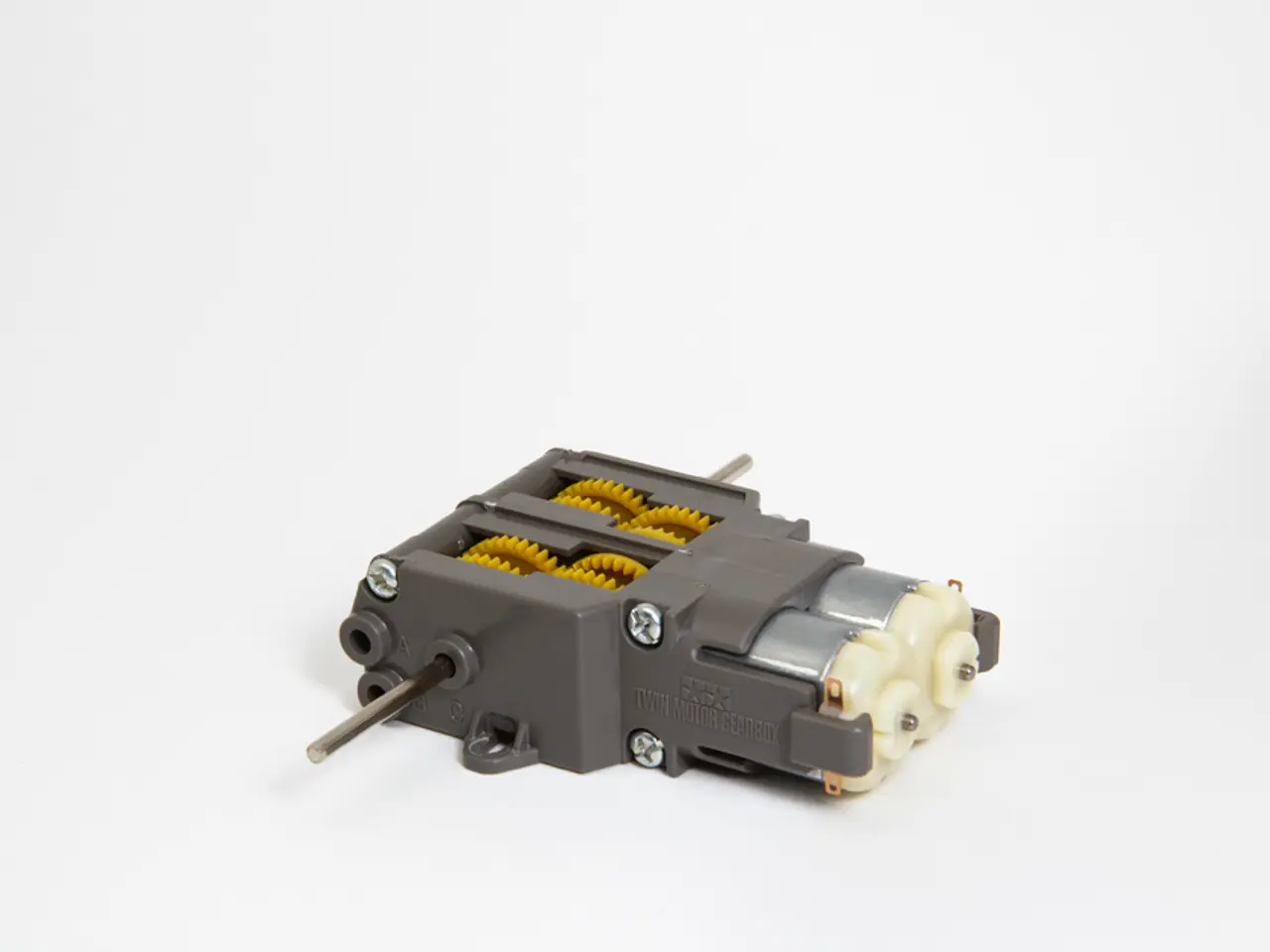The development and transformation of motors: an exploration of their energy-changing capabilities
In the early 1800s, electricity and electromagnetism were more than just scientific curiosities. They were the building blocks for a revolution that would transform the way we harness and use energy.
Early Foundations (1600-1800s)
The journey began with William Gilbert, who coined the term "electric" and systematically studied static electricity around 1600. Fast forward to the 18th century, and Benjamin Franklin's kite experiment in 1752 established concepts like positive and negative charges, and the conservation of charge. Finally, Alessandro Volta's invention of the voltaic pile in 1799 provided a continuous source of electric current, enabling more sustained electrical experiments.
Discoveries in Electromagnetism (1820s)
Hans Christian Oersted's discovery of the relationship between electricity and magnetism in 1820 was a turning point. André-Marie Ampère formalised this connection through laws of electromagnetism, setting the physical basis needed to convert electrical energy to mechanical motion.
First Electric Motors and Commutator (1821-1830s)
Michael Faraday, the English scientist, invented the first electric motor in 1821, demonstrating continuous rotation using electromagnetic forces. William Sturgeon improved upon this design in 1832, introducing the commutator, an essential component that makes motors run continuously by reversing current direction periodically.
Mid-19th Century Advances
Faraday's 1831 discovery of electromagnetic induction paved the way for the creation of generators and motors relying on rotating coils in magnetic fields. Engineers in various countries developed improved motor designs and the dynamo (an electrical generator), making large-scale electricity generation and motor use commercially viable.
Later 19th Century Developments
Nikola Tesla's invention of the alternating current (AC) induction motor in 1883 and his patented key aspects in 1887 significantly improved motor efficiency and scalability. George Westinghouse adopted Tesla's AC system, promoting AC for power transmission and motor use. Thomas Edison's development of practical electric lighting and power stations indirectly supported electric motor applications.
This evolution culminated in the modern electric motor, a testament to the power of continuous improvement and innovation. From steam-powered machinery in the Industrial Revolution, we've come a long way to electric motors that are responsive, intelligent, and capable of advanced automation.
The transition from fossil fuels to electricity in motor technology was shaped by factors such as price, environmental concerns, and safety. Today, renewable energy and electric motor technologies are becoming symbiotic partners, aiming to reduce environmental impact and decrease reliance on non-renewable resources.
[1]: Source 1 [2]: Source 2 [3]: Source 3 [4]: Source 4 [5]: Source 5
Science and technology continued to advance in the mid-1800s, building on previous discoveries in electromagnetism. Faraday's discovery of electromagnetic induction in 1831 and Tesla's invention of the alternating current (AC) induction motor in 1883 contributed significantly to the development of electric motors.




